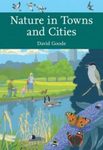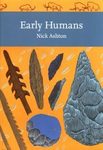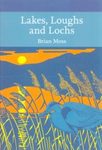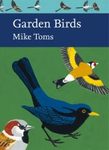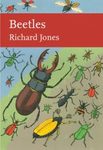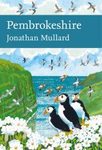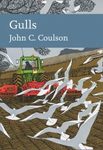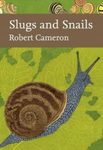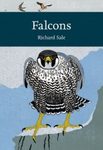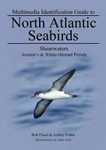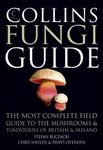Monograph
Out of Print
By: David Cabot(Author), Ian Nisbet(Author)
461 pages, colour & b/w photos, colour & b/w illustrations, colour maps, tables
![Terns Terns]()
Click to have a closer look
About this book
Contents
Related titles
About this book
This New Naturalist volume provides a much-anticipated overview of these fascinating birds – the first book on the natural history of British and Irish terns since 1934.
Terns are small seabirds that are commonly seen along coastlines and estuaries in the summer months – their graceful flight and command of the air are among their most attractive features.
Most of the five species of terns breeding in Britain and Ireland today are under intensive management, involving protection from predators, human interference, egg-collecting, recreational activities, land-use changes, and a range of issues concerning climate change, including rising sea levels and flooding of low-lying colonies. If these protective measures were abandoned then the numbers of terns would inevitably decline, with the possibility of several species ending up on the endangered list. Covering the history of terns in Britain and Ireland, David Cabot and Ian Nisbet explore these diverse issues as well as offering a comprehensive natural history of these stunning seabirds.
Drawing on a wealth of new information and research, the authors focus on migrations, food and feeding ecology as well as breeding biology and behaviour. Perhaps most importantly, they highlight recent conservation issues and prospects, and what this means for the future of terns.
Contents
Editor's Preface vii
Authors' Foreword and Acknowledgements ix
1. Terns of the World 1
2. Food and Foraging 25
3. Breeding Biology 51
4. Migration 90
5. History of Terns in Britain and Ireland 103
6. Little Tern 135
7. Sandwich Tern 155
8. Common Tern 179
9. Roseate Tern 223
10. Arctic Tern 257
11. Conservation 283
12. Vagrants, Passage Migrants and Occasional Breeders 329
Appendix 1: Demography, Population Trends and the Basis for Conservation 369
Appendix 2: Research on Terns 386
Appendix 3: The Seabird Monitoring Programme 402
Appendix 4: Scientific Names of Plants and Animals Mentioned in the Text 403
Endnotes 405
References 418
Species Index 438
General Index 453
Customer Reviews
Monograph
Out of Print
By: David Cabot(Author), Ian Nisbet(Author)
461 pages, colour & b/w photos, colour & b/w illustrations, colour maps, tables
"[...] In general, the book is informative and beautifully illustrated throughout with high-quality photographs and clear and well-labelled figures. It provides a comprehensive account of the British and Irish breeding terns, whose biology is fascinating and under-studied."
- Pat Monaghan, Ibis (2014), 156, 478–489





















